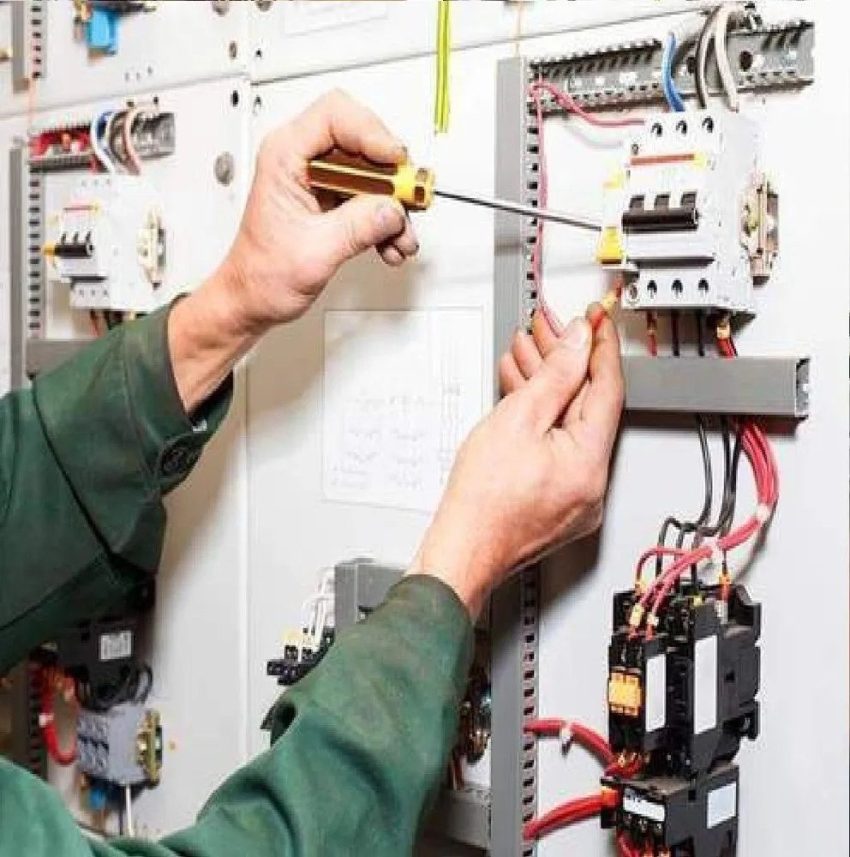Electricity powers our modern lives, but it can be dangerous if not handled properly. Domestic electrical installation is a crucial aspect of any household, ensuring that electricity is distributed safely and efficiently throughout the home. Whether you’re renovating, building a new home, or simply upgrading your electrical system, it’s essential to follow proper guidelines to guarantee the safety of your family and property. In this blog, we’ll explore the key aspects of domestic electrical installation, providing you with essential information to make informed decisions.
1. Understanding Your Electrical Needs
Before you begin any electrical installation, assess your household’s power requirements. Consider the number of appliances, lighting fixtures, and electronic devices you use regularly. This evaluation will help you determine the appropriate load capacity for your electrical system and plan your installation accordingly.
2. Hiring a Professional Electrician
While minor electrical tasks can be tempting to tackle as DIY projects, it’s crucial to hire a qualified electrician for any significant domestic electrical installation. Certified electricians have the knowledge, experience, and tools necessary to ensure your installation meets safety standards and local regulations. They can also provide valuable advice on energy-efficient solutions and recommend the right appliances and fixtures for your home.
3. Safety First
Safety should always be the top priority when working with electricity. Make sure to turn off the power supply to the area where you’re performing the installation. Use insulated tools and wear appropriate safety gear, including gloves and goggles. Additionally, install residual current devices (RCDs) or ground fault circuit interrupters (GFCIs) in your electrical system. These devices detect abnormal currents and provide extra protection against electric shock.
4. Proper Wiring and Cabling
Correct wiring and cabling are fundamental to a safe domestic electrical installation. Use high-quality, approved wires and cables that are suitable for the specific application. Ensure that wires are installed securely, away from potential sources of damage, such as sharp edges or excessive heat. Adequate insulation and grounding are essential to prevent electrical fires and shocks.
5. Adequate Outlets and Circuits
Having an adequate number of outlets and circuits in your home is essential to distribute the electrical load evenly. Overloading circuits by connecting too many devices to a single outlet can lead to overheating and electrical fires. Plan the placement of outlets strategically, considering the layout of your rooms and the locations of your appliances and electronic devices.
6. Regular Maintenance and Inspections
Once your domestic electrical installation is complete, it’s essential to schedule regular maintenance and inspections. Over time, wear and tear can affect the integrity of your electrical system. Routine checks by a professional electrician can identify potential issues early, preventing major problems and ensuring the continued safety and efficiency of your installation.
